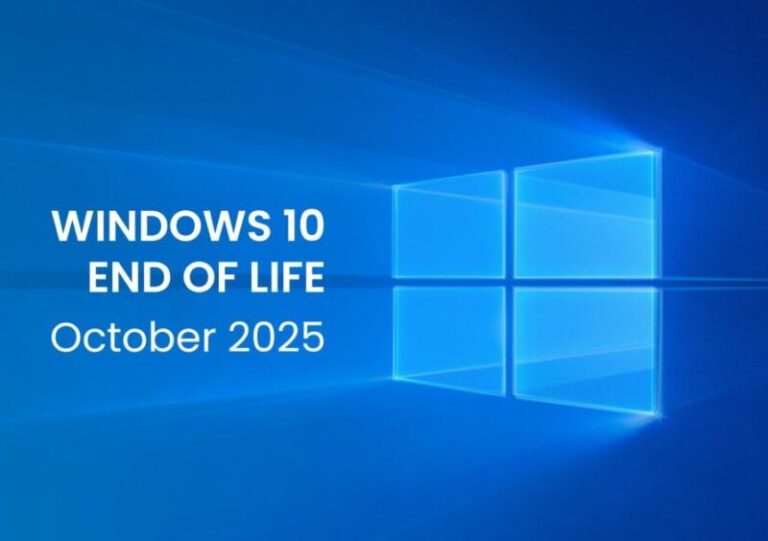The Laravel ecosystem never rests. As developers continue to build the world’s most elegant web applications on its foundation, the framework itself is constantly evolving. The next major iteration, Laravel 13, is set to be less about flashy, new features and more about a strategic overhaul, focusing on speed, security, and a cleaner codebase that experienced developers will genuinely appreciate.
Let’s dive into what the upcoming release means for the architecture, performance, security, and future scalability of your applications.
The Foundational Shift: Timing and Requirements
The core philosophy of Laravel’s development is to eliminate technical debt and embrace the modern PHP landscape. Laravel 13 is a powerful statement in this regard.
This PHP 8.3+ requirement is crucial. By dropping compatibility with older PHP versions (like 8.2 and below), the core team can remove internal polyfills, complex compatibility layers, and redundant code, making the framework lighter, faster, and easier to maintain.
| Laravel Version | Release Date (Approx.) | PHP Minimum Requirement | Bug Fixes Until (Approx.) | Security Fixes Until (Approx.) | Focus |
| 12 (Current Stable) | Q1 2025 | 8.2+ | Q3 2026 | Q1 2027 | Evolution, New Kits (e.g., Livewire) |
| 13 (Upcoming) | Q1 2026 | 8.3+ | Q3 2027 | Q1 2028 | Modernization, Performance, Code Cleanup |
Code Optimization & Performance Gains (The Resourceful Code)
For experienced developers, performance gains often come from architectural efficiency rather than a single trick. Laravel 13’s focus on modernization translates directly into speed and resourcefulness.
1. Zero-Footprint Cache Extension: Cache::touch()
This is a fantastic example of a resourceful feature. It allows developers to extend the time-to-live (TTL) of a cached item without needing to retrieve the value from the cache store. This is a massive optimization for high-traffic applications using external cache services (like Redis) by reducing network I/O.
Before Laravel 13 (Inefficient):
// In a high-traffic endpoint, this causes two network calls/commands: GET then PUT.
if (Cache::has('heavy_report')) {
$report = Cache::get('heavy_report');
Cache::put('heavy_report', $report, now()->addMinutes(30));
// Two cache operations, one unnecessary data transfer.
}
With Hypothetical Laravel 13 Cache::touch() (Resourceful):
// One clean, efficient cache operation: TOUCH.
Cache::touch('heavy_report', now()->addMinutes(30));
// Or using a specific store
Cache::store('redis')->touch('user-sessions:' . $userId, 3600);
This is a small change with a big impact on high-traffic, load-balanced applications, significantly enhancing application performance and reducing the load on the cache server.
2. Streamlined Artisan Commands with Contracts
Laravel 13 is expected to refine its core contracts, offering cleaner interfaces. Imagine Artisan gaining a more robust, injectable contract for its functionality.
Before Laravel 13 (Traditional Approach):
// Tight coupling to the abstract Command class methods
protected function writeMessage($message) {
$this->info($message);
}
With Hypothetical Laravel 13 Command Contract (Flexible):
This allows developers to create testable and flexible console logic, especially useful when running Artisan commands outside of a traditional CLI context (e.g., within a test or a service).
// Imagine a cleaner contract for writing output
use Illuminate\Console\Contract\ConsoleOutputContract;
class MyCustomCommand extends Command
{
// Dependency Injection for console output logic
public function handle(ConsoleOutputContract $output): void
{
// Using the contract interface ensures testability and clean separation
$output->info('Starting a critical job...');
}
}
This architectural cleanup allows for better decoupling and easier migration to tools like Laravel Octane or custom command runners.
Security & Scalability Enhancements
Laravel 13 introduces practical restrictions that enforce better architectural patterns, leading to more secure and scalable code.
1. Model Boot-Time Safeguards (Preventing Logic Bugs)
The new restriction prevents developers from creating new Eloquent model instances inside the boot() method of another model. While this is technically a breaking change, it hardens application stability by disallowing recursive or unpredictable behavior during model initialization.
Example of Prevented Code (Bad Practice):
class Order extends Model
{
// This will likely trigger a restriction error in Laravel 13
protected static function boot()
{
parent::boot();
static::created(function ($order) {
// DANGER: Instantiating a new model during another model's boot
// can lead to unexpected side effects or infinite loops.
$log = new AuditLog(['action' => 'Order Created']);
$log->save(); // No longer allowed during model boot in 13
});
}
}
The Resourceful Solution: The developer is now nudged towards using Jobs, Events, or Observers for side effects, which is the proper, scalable, and testable architectural pattern in Laravel.
2. Granular Job Attempts (Resilient Queues)
For scalable applications, the queue system must be resilient to transient errors (like a network timeout). The likely addition of maxExceptions provides fine-grained control over job failure logic.
The Problem (Traditional Tries Logic):
A job with $tries = 5 would retry 5 times for any exception, even a fatal DataIntegrityViolationException. This wastes resources on a job that is guaranteed to fail.
With Hypothetical Laravel 13 Granular Control (Resilient and Resourceful):
class ExternalApiJob implements ShouldQueue
{
// Try the job up to 10 times total (for transient errors)
public $tries = 10;
// But if a non-transient, non-retryable exception occurs, fail after 2 attempts
public $maxExceptions = 2;
// Define specific exceptions that should not count towards maxExceptions (e.g., network issues)
public function retryUntil(): \DateTime
{
// ... Retry logic for specific transient exceptions
}
}
This is highly practical for services that interact with external APIs, allowing developers to build self-healing, less resource-intensive queue systems.
Eloquent and Development Ergonomics
Eloquent is the heart of Laravel development. Laravel 13 is expected to continue simplifying Eloquent for better readability and safety.
1. Enhanced Testing Assertions
Testing is paramount for experienced developers. Laravel 13 is expected to introduce more expressive, inline database assertions that reduce boilerplate and make tests more readable.
Before Laravel 13 (Verbose):
$user = User::factory()->create();
// Step 1: Check for the record
$this->assertDatabaseHas('users', ['id' => $user->id]);
// Step 2: Check for no record deletion
$this->assertDatabaseMissing('users', ['email' => 'deleted@example.com']);
With Hypothetical Laravel 13 Assertions (Expressive and Clear):
$user = User::factory()->create(); // Assert the *Model instance* exists in the database $this->assertModelExists($user); // Assert a model was *not* created/deleted using the class context $this->assertDatabaseNotCreated(NewUser::class, ['email' => 'unregistered@test.com']);
This reduces cognitive load in tests, allowing developers to express their intentions more directly using Laravel’s fluent model syntax.
2. Cleaner Constructor Initialization
Leveraging PHP 8.3 features could lead to better integration with Readonly Properties and Constructor Property Promotion. Imagine a world where all framework-handled properties (like $fillable or $guarded) can be defined using native PHP 8.3 attributes or traits.
Hypothetical Cleaner Model Definition:
use Laravel\Attributes\Fillable; // Speculative Trait/Attribute
class Product extends Model
{
// Define fillable fields using a trait/attribute instead of a long array
#[Fillable(['name', 'price', 'is_active'])]
use FillableAttributes; // A hypothetical trait
// ... methods
}
While purely speculative, the entire trajectory of Laravel is to push configuration and definitions closer to the native PHP language features, making models less boilerplate-heavy and more declarative.
Conclusion: A Leap Towards Elegance
Laravel 13 is not a revolution; it is a refinement. By embracing PHP 8.3+, it sheds the past to secure a faster, cleaner future. This strategic release is a commitment to the developer experience and to the long-term stability required by large, enterprise-level applications. The focus on resourceful code, which consists of efficient caching to resilient queues, makes Laravel 13 an essential upgrade for any experienced developer prioritizing performance and stability.
For every Laravel Artisan, now is the time to ensure your current projects are ready for the PHP 8.3 upgrade path so you can seamlessly transition to the elegance and performance of Laravel 13 when it lands in Q1 2026.



